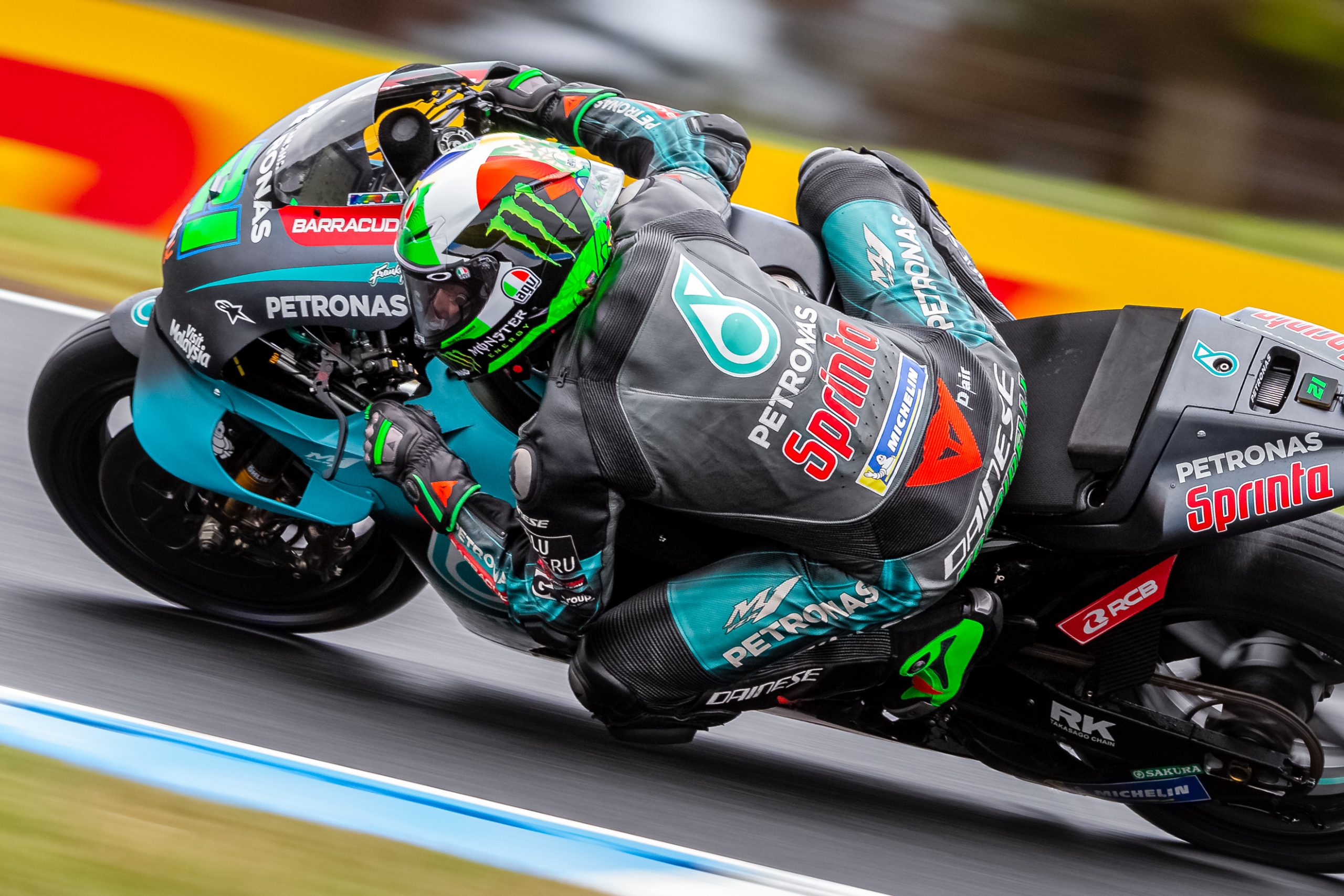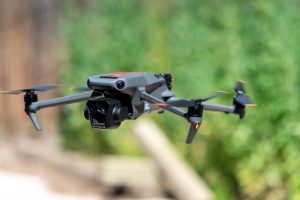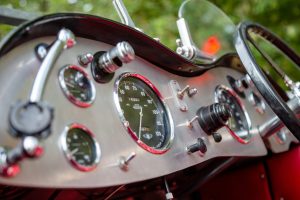Picking the right lens for your camera can feel a bit overwhelming, but don’t worry—we’ve all been there! Whether you’re just starting out or looking to up your photography game, this guide will help you figure out which lens suits your style and needs best. Let’s break it down into simple steps so you can make an informed choice and get out there to capture amazing shots.
Getting to Know Your Lenses
First things first: what makes lenses so important? Think of your lens as the eye of your camera. It’s what determines how your photos look and feel. Here’s a quick breakdown of the key terms you’ll need to know:
- Focal Length: This is measured in millimeters (e.g., 16mm, 50mm, 200mm) and tells you how much of the scene your lens can capture. Wide-angle lenses (16mm–35mm) are great for big landscapes, while telephoto lenses (70mm and up) are perfect for zooming in on faraway subjects.
- Aperture: The aperture, measured in f-stops (like f/1.8 or f/2.8), controls how much light enters the lens. A lower f-stop number means more light gets in, which is awesome for low-light conditions or creating those dreamy blurry backgrounds.
- Lens Type: There are different kinds of lenses for different jobs. Prime lenses have a fixed focal length and are super sharp, while zoom lenses give you more flexibility with adjustable focal lengths. Then you’ve got macro lenses for close-ups, fisheye lenses for unique effects, and so on.
- Compatibility: Not all lenses work with all cameras, so double-check that your lens matches your camera mount (e.g., Canon RF, Sony E-mount, Nikon Z).
Step 1: What Kind of Photos Do You Love Taking?
Knowing what you love to shoot makes choosing a lens much easier. Here are some examples to get you thinking:
- Portrait Photography: Want to capture people looking their best? Go for a lens with a focal length between 50mm and 85mm. A wide aperture like f/1.8 will give you those stunning blurred backgrounds that make your subject pop.
- Landscape Photography: For those breathtaking outdoor shots, a wide-angle lens (16mm–35mm) is a must. It’ll help you fit all that beauty into one frame. Look for a smaller aperture (like f/8–f/16) to get everything in focus.
- Sports and Wildlife Photography: If you’re snapping fast-moving subjects, a telephoto lens (200mm–600mm) with image stabilization will help you nail the shot. A wide aperture (f/2.8–f/4) can also help in tricky lighting.
- Macro Photography: Love capturing tiny details, like flowers or insects? A macro lens with 1:1 magnification will let you see the world up close.
- Street Photography: A versatile lens like a 35mm or 50mm is perfect for candid shots. These lenses give you a natural perspective and keep your setup lightweight.
Step 2: Think About Your Shooting Environment
Where you’ll be shooting can make a big difference in the lens you choose. Let’s break it down:
- Low Light Conditions: If you’re often shooting indoors, at night, or in dimly lit places, you’ll need a lens with a wide aperture (f/1.4 or f/2.8) to let in more light.
- Fast-Moving Subjects: For action shots, like sports or wildlife, look for a lens with fast autofocus and image stabilization. These features help you capture crisp shots even when things are moving quickly.
- Wide Landscapes or Tight Spaces: A wide-angle lens is great for fitting everything into your frame, whether you’re shooting a vast mountain range or a cozy indoor scene.
Step 3: Set a Budget That Works for You
Lenses can be pricey, but you don’t have to spend a fortune to get great results. Here are a few tips to help you stick to your budget:
- Focus on Must-Haves: Think about the features you really need, like focal length, aperture, or stabilization. If low-light performance is a priority, for example, go for a lens with a wider aperture.
- Explore Third-Party Brands: Companies like Sigma and Tamron make fantastic lenses that often cost less than big-name brands like Canon, Nikon, or Sony.
Step 4: Check Compatibility
This step is easy to overlook but super important! Make sure the lens you’re eyeing fits your camera’s mount. If it doesn’t, you might need an adapter, but be aware that adapters can sometimes affect performance.
Step 5: Look for Versatility
If you’re looking for one lens to do it all, consider a versatile option like a 24-70mm f/2.8. It covers wide-angle to short telephoto ranges and works for everything from events to portraits and even some landscapes.
Popular Lens Recommendations
Need a place to start? Here are some tried-and-true lenses that photographers love:
- Portraits:
- Canon RF 85mm f/1.2L USM
- Sony FE 50mm f/1.8
- Nikon Z 85mm f/1.8 S
- Landscapes:
- Nikon Z 14-30mm f/4 S
- Sony FE 16-35mm f/2.8 GM
- Canon RF 15-35mm f/2.8L IS USM
- Sports/Wildlife:
- Sony FE 200-600mm f/5.6-6.3 G OSS
- Canon RF 100-500mm f/4.5-7.1L IS USM
- Nikon AF-S 70-200mm f/2.8E FL ED VR
- Macro:
- Canon RF 100mm f/2.8L Macro IS USM
- Nikon Z MC 105mm f/2.8 VR S
- Sony FE 90mm f/2.8 Macro G OSS
- Street Photography:
- Fujifilm XF 23mm f/2 R WR (for Fujifilm cameras)
- Sony FE 35mm f/1.8
- Canon RF 35mm f/1.8 IS STM Macro
Wrapping It Up
Choosing the right lens doesn’t have to be stressful. By thinking about what you love to shoot, considering your environment, and working within your budget, you can find a lens that fits your needs perfectly. Remember, photography is all about experimenting and having fun, so don’t be afraid to try new lenses and see how they change your perspective.
Whether you’re snapping portraits, capturing sweeping landscapes, or diving into macro photography, the right lens can help you tell your story in the best way possible. Now, go out there and start shooting!
Dave shoots for Speed Media Image Agency, a professional photo agency providing coverage of all sports, events and photojournalism. We photograph for international, national and local media agents, including Getty Images, Icon Sportswire, AP, News Corp, The Times, ESPN and CNN. We have a team of commercial photographers ready to shoot for sport teams and sponsors.




